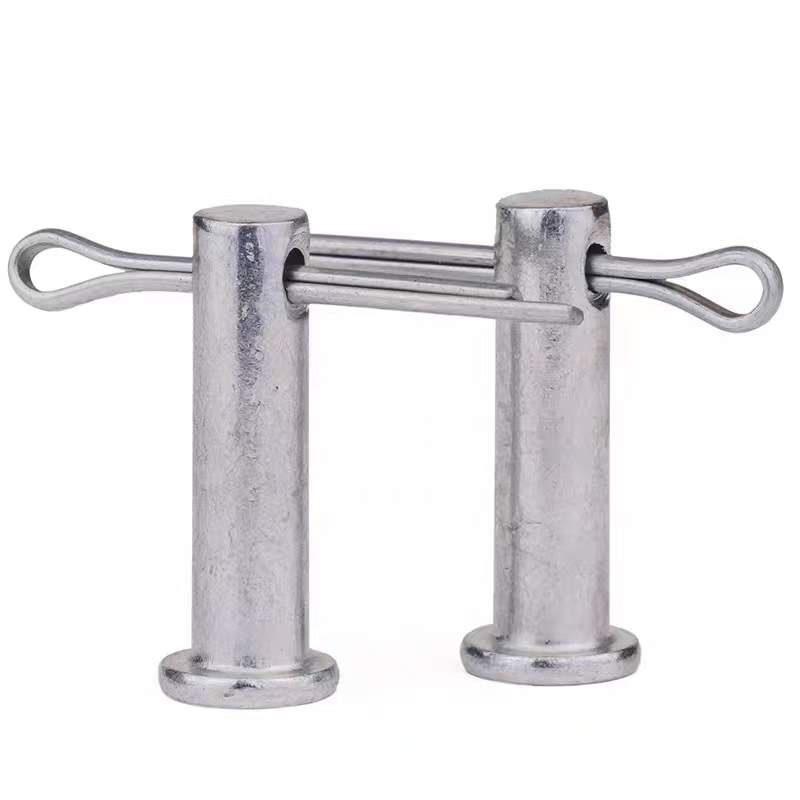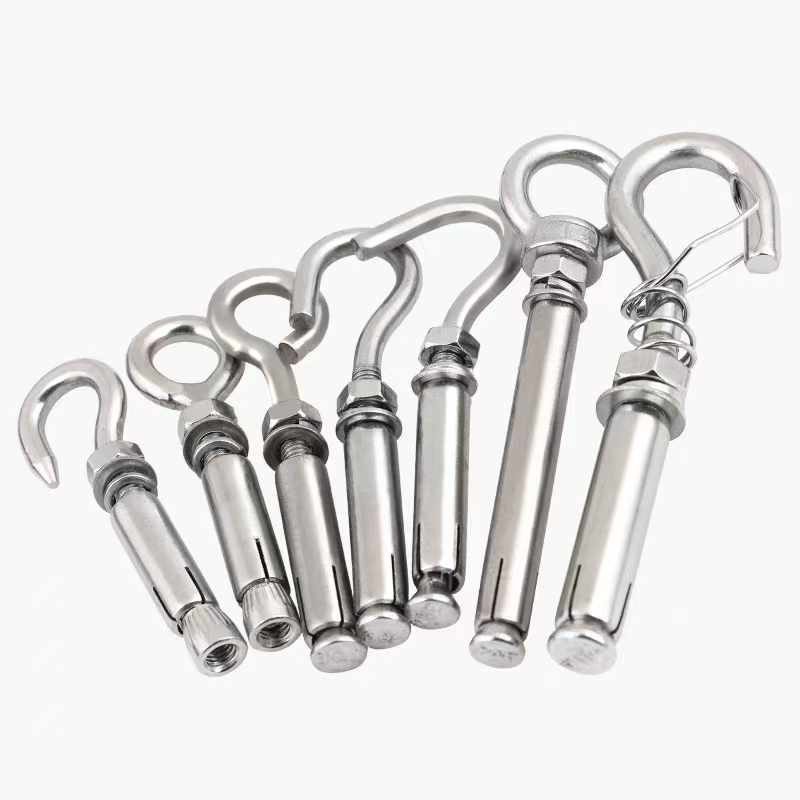- Chinese
- French
- German
- Portuguese
- Spanish
- Russian
- Japanese
- Korean
- Arabic
- Irish
- Greek
- Turkish
- Italian
- Danish
- Romanian
- Indonesian
- Czech
- Afrikaans
- Swedish
- Polish
- Basque
- Catalan
- Esperanto
- Hindi
- Lao
- Albanian
- Amharic
- Armenian
- Azerbaijani
- Belarusian
- Bengali
- Bosnian
- Bulgarian
- Cebuano
- Chichewa
- Corsican
- Croatian
- Dutch
- Estonian
- Filipino
- Finnish
- Frisian
- Galician
- Georgian
- Gujarati
- Haitian
- Hausa
- Hawaiian
- Hebrew
- Hmong
- Hungarian
- Icelandic
- Igbo
- Javanese
- Kannada
- Kazakh
- Khmer
- Kurdish
- Kyrgyz
- Latin
- Latvian
- Lithuanian
- Luxembou..
- Macedonian
- Malagasy
- Malay
- Malayalam
- Maltese
- Maori
- Marathi
- Mongolian
- Burmese
- Nepali
- Norwegian
- Pashto
- Persian
- Punjabi
- Serbian
- Sesotho
- Sinhala
- Slovak
- Slovenian
- Somali
- Samoan
- Scots Gaelic
- Shona
- Sindhi
- Sundanese
- Swahili
- Tajik
- Tamil
- Telugu
- Thai
- Ukrainian
- Urdu
- Uzbek
- Vietnamese
- Welsh
- Xhosa
- Yiddish
- Yoruba
- Zulu
- Kinyarwanda
- Tatar
- Oriya
- Turkmen
- Uyghur

China 10.9S large hexagon bolt
Understanding the China 10.9S Large Hexagon Bolt
The China 10.9S large hexagon bolt is not just a piece of metal—it's an essential component in various engineering applications. Many might underestimate its importance, but in my experience, this bolt plays a critical role in how structures withstand stress and load. Let's delve into some insights and practical encounters I've had with this specific fastener.
The Significance of the 10.9S Grade
First off, the grade of a bolt matters immensely. The 10.9S indicates a particular level of tensile strength and hardness. When you're dealing with heavy machinery or structural projects, this rating becomes crucial. I learned this the hard way during a project where we initially used a lower-grade bolt, only to face setbacks when it didn't perform under pressure. Switching to the 10.9S resolved those issues, highlighting the grade's reliability.
Moreover, when working with such high-stress applications, the quality and consistency of the bolt material can't be overlooked. This is where manufacturers like Handan Zitai Fastener Manufacturing Co., Ltd. come into play. Located in the heart of China's largest standard part production base, their commitment to quality is reflected in their meticulous production processes.
In my visits to various manufacturing plants, I've observed how attention to detail—from raw material selection to the final quality check—ensures the robustness of products like the large hexagon bolt. Transportation logistics also factor in; for instance, Handan Zitai's proximity to major railways and highways aids in efficient distribution, ensuring that these fasteners reach us promptly, minimizing project delays.
Applications and Unique Challenges
The applications of the 10.9S large hexagon bolt are extensive—from bridge construction to industrial machinery. I've worked on-site, where these bolts were foundational to the integrity of the structure. However, using them isn't always straightforward—temperature fluctuations, for instance, can affect torque specifications.
During one such project, a sudden cold front caused issues with bolt tension. Our initial oversight led to some loose fittings, which required immediate attention. Learning to adjust torque settings based on environmental conditions became a niche expertise I wasn't prepared for but quickly mastered.
Furthermore, installation techniques play a role in overall performance. Ensuring precision during installation prevents premature failure. I once observed a colleague using a mismatched wrench size—that minor error, unnoticed during installation, resulted in a major maintenance call later. A lesson learned: details matter.
Quality Assurance and Testing
Ensuring that each bolt functions as intended involves rigorous testing. Each batch often goes through tensile, hardness, and fatigue tests. Handan Zitai Fastener Manufacturing Co., Ltd., for example, not only adheres to these industry-standard tests but also employs their own additional assessments to guarantee reliability.
During one visit to their facility, I saw firsthand the dedication to maintaining consistency in quality. Their testing labs were equipped with advanced machinery that mimicked the real-world stressors these bolts would face. That visit gave me confidence in the reliability of their fasteners for my upcoming projects.
Beyond testing, certificates and documentation provide another layer of assurance. Documentation from reliable firms helps trace any issues back to their source—a critical feature when managing large-scale construction projects.
Customization Needs and Solutions
While standard bolts suffice for many uses, certain projects demand customization. I've encountered scenarios requiring special coatings or alterations in size. Manufacturers like Handan Zitai are equipped to handle these requests, offering tailored solutions to fit unique needs.
An example would be a coastal project I was involved with, where standard bolts corroded quickly due to salt exposure. After discussing with Handan Zitai, they provided a specialized treatment that significantly extended the bolt's lifespan. Such customization is invaluable in ensuring project success.
Customization, however, comes with its challenges. Lead times can extend, and communication between the engineering team and the supplier becomes crucial to ensure that specifications are met without misinterpretation.
The Future of Bolt Technology
With technological advancements, the future of bolts like the 10.9S large hexagon looks promising. Materials science is evolving, promising even stronger and more durable alloys that could revolutionize how we approach construction and engineering tasks.
I've been observing trends such as smart bolts—equipped with sensors that can monitor stress and alert us to potential failures. Although still emerging, this technology could prove transformative in preventing structural failures before they occur.
In conclusion, while a bolt might seem a small component in the grand scheme of things, its impact is far from insignificant. Understanding its nuances and working closely with reliable manufacturers, such as Handan Zitai Fastener Manufacturing Co., Ltd., can ensure that structures withstand the tests of time and nature.
Related products
Related products
Best selling products
Best selling products-
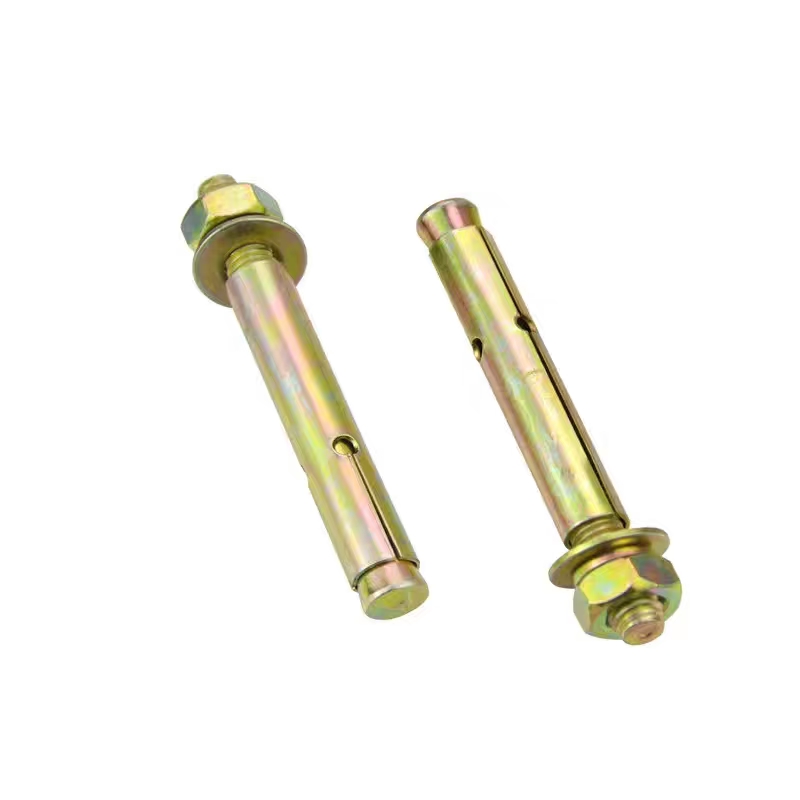 Colored zinc-plated expansion bolts
Colored zinc-plated expansion bolts -
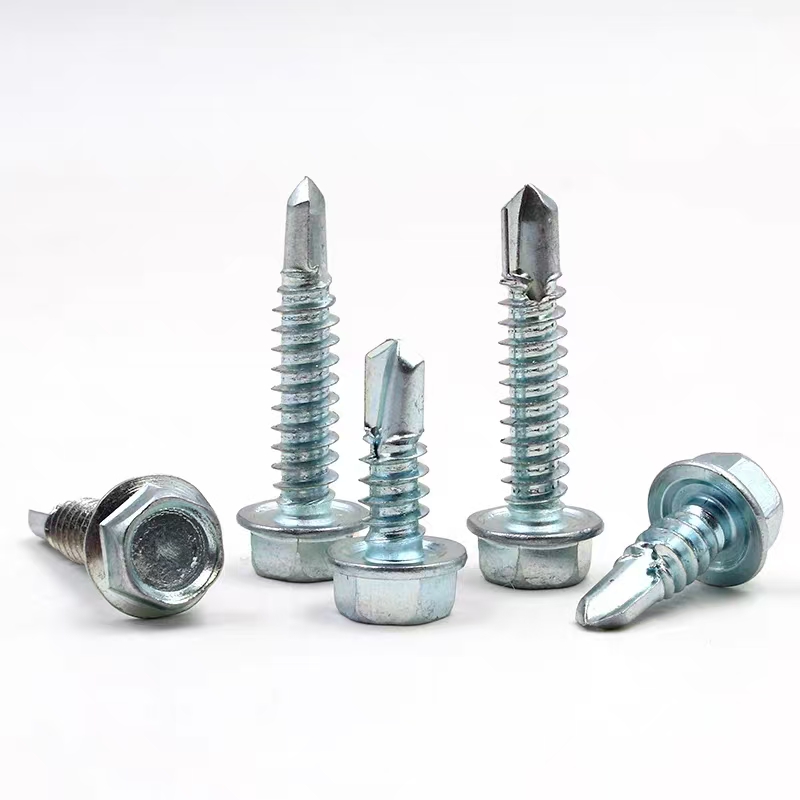 Electro-galvanized hexagonal drill thread
Electro-galvanized hexagonal drill thread -
 Butterfly bolts
Butterfly bolts -
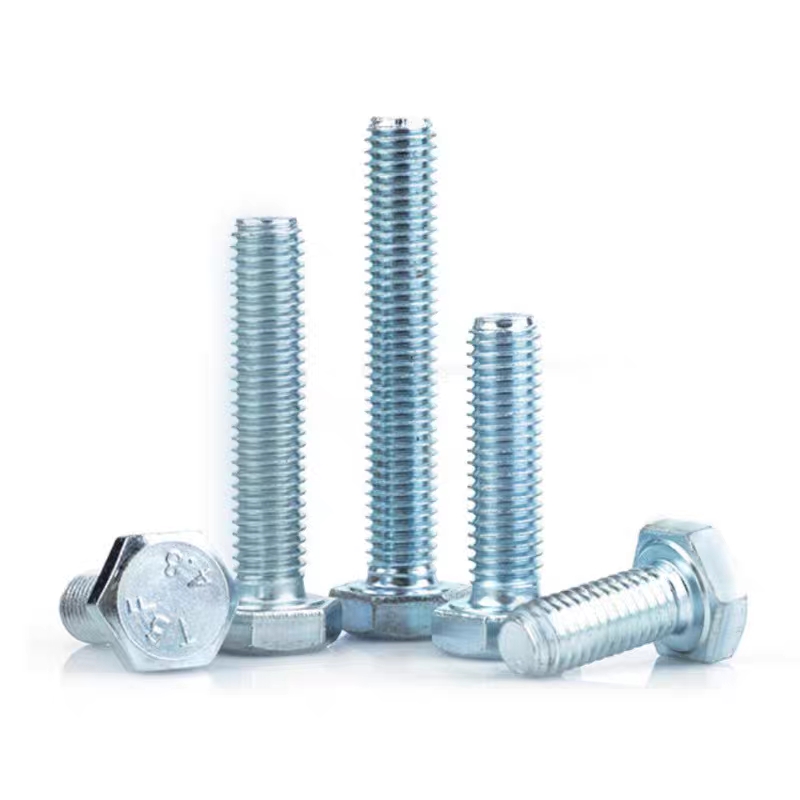 Electrogalvanized hexagonal bolts
Electrogalvanized hexagonal bolts -
 Colored zinc-plated cross countersunk drill thread
Colored zinc-plated cross countersunk drill thread -
 Electrogalvanized hinge bolts
Electrogalvanized hinge bolts -
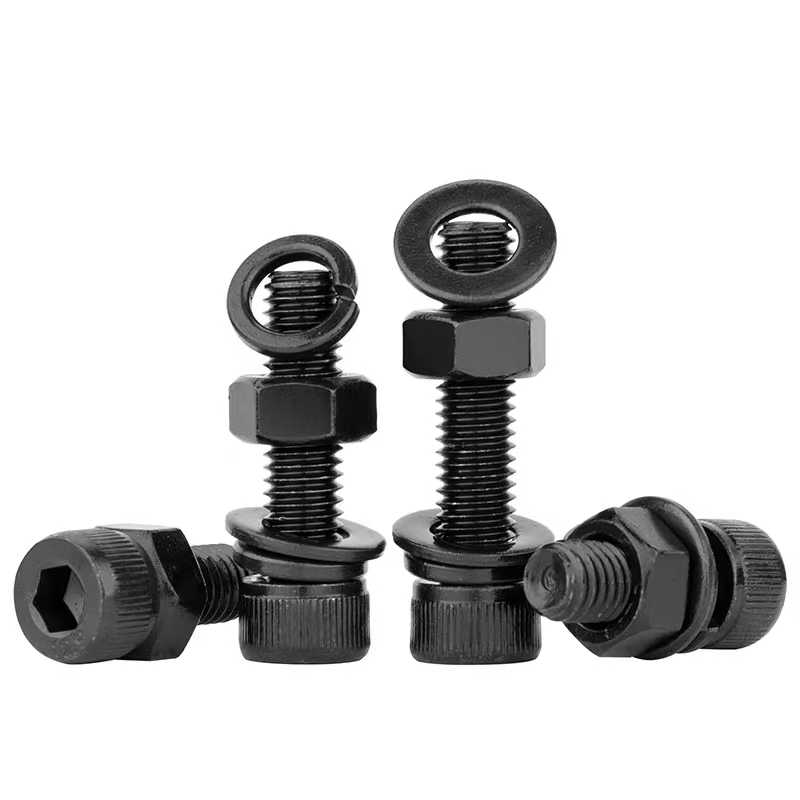 Hexagon socket black zinc-plated bolts
Hexagon socket black zinc-plated bolts -
 Hexagon socket electrogalvanized bolts
Hexagon socket electrogalvanized bolts -
 High-strength blackened nuts
High-strength blackened nuts -
 Welding nails
Welding nails -
 Electrogalvanized chemical bolts
Electrogalvanized chemical bolts -
 Colored galvanized hexagonal drill tail wire
Colored galvanized hexagonal drill tail wire


